This is my rig: where games and work coexist
Here's a closer look at the devices and accessories I use on a daily basis.
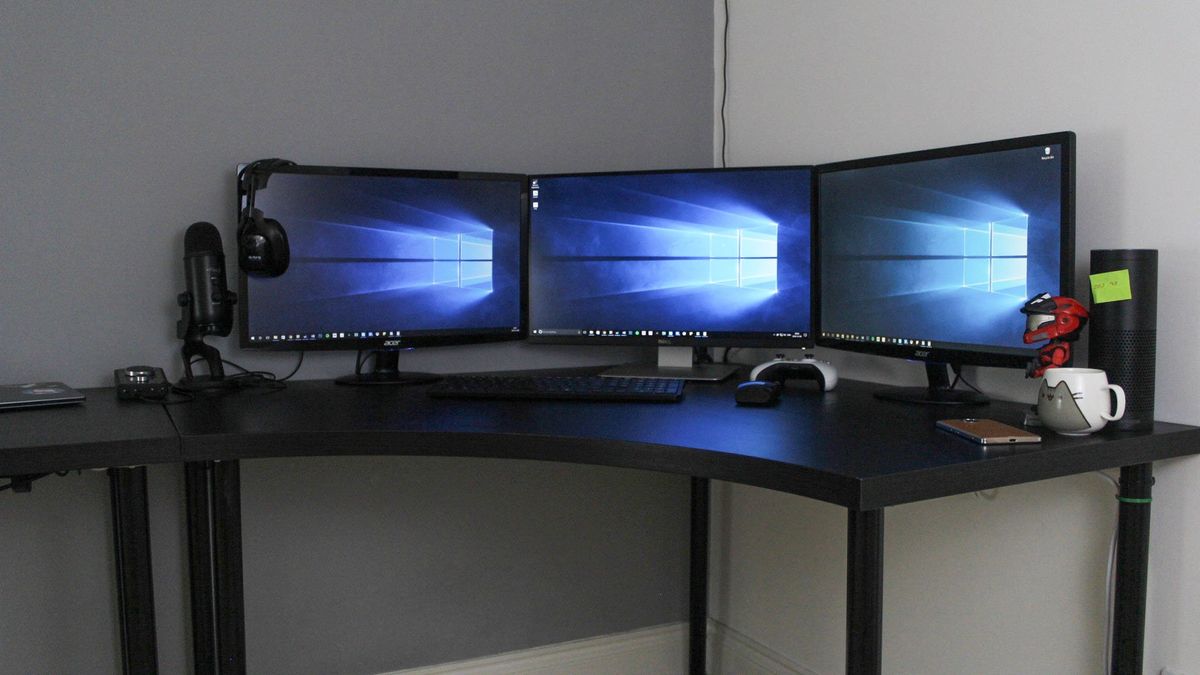
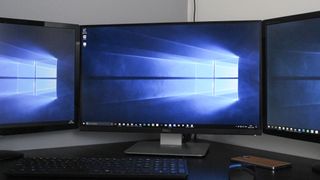
I've always felt that your office setup can have a huge bearing on your performance while working – with me personally preferring a much cleaner and minimalistic approach to my workspace. After recently moving and gaining a brand-new office, it's allowed me to not only start afresh but also build up a setup that suits my current workflow.
As a part of the Xbox team at Windows Central, my workstation and gaming setup have been interlaced into a central location. Although my setup is tailored to content creation, its gaming roots are still present and readily evident.
What's inside the rig
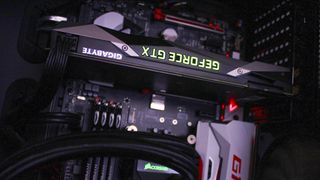
When building my desktop PC earlier this year, several factors drew me towards the higher-end hardware I eventually ended up using. At a time where several consumer virtual reality headsets had released and NVIDIA was debuting its first line of Pascal graphics cards, it felt like the perfect time to invest in a top-tier PC. Scouting other deals ongoing at the time, I brought together an amalgamation of components that fitted best within my budget (Saying that, I did manage to exceed that budget by several hundred dollars, as we gamers are wont to do).
Starting off with the case, I chose to go for Carbine Series 600C – an inverse windowed ATX case from Corsair. Although I've never been a huge fan of inverse cases due to their muddled presentation, this case fitted in seamlessly within my setup.
As for the beef behind my machine, I went for Intel's i7 6700K, being an unlocked processor perfect for overclocking. This was paired with 32 GB of HyperX's FURY Black Series RAM at 2400MHz and an NVIDIA GTX 1080 Founder's Edition. Although an aftermarket graphics card would've been a more suitable choice for this build, I ended up pre-ordering from the first batch of reference cards at launch. For other key components, I picked Corsair's Hydro Series H110i GTX for water cooling and two 500GB Samsung 850 EVO SSDs for storage.
Overall this build came out at £1,919.06 (or roughly $2,800 at the time) excluding shipping. Nowadays several of these items are significantly discounted, with some components having seen cheaper alternatives in the meantime.
| Component | Model | Price |
|---|---|---|
| CPU | Intel Core i7 6700K | $342.99 |
| GPU | NVIDIA GTX 1080 Founder's Edition | $686.59 |
| Motherboard | GIGABYTE GA-Z170X-Gaming 7 | $219.99 |
| RAM | 32GB 2400MHz HyperX FURY Black Series | $221.95 |
| Watercooling | Corsair Hydro Series H110i GTX | $128.89 |
| Case | Corsair Carbine Series 600C | $149.99 |
| SSD | 2× Samsung 850 EVO 500GB | $159.99 |
Monitors
For my monitors, I've chosen to go with a three-display setup, comprised of a Dell's UltraSharp U2515H QHD display flanked by two cheaper Acer S240HL 1080p monitors. Although I expect the two Acer monitors to find another home soon, they currently serve as a great way for quickly referencing other windows and material. As I also feed my Xbox One into the central monitor, these monitors are also great for live streaming over on our Beam channel.
Get the Windows Central Newsletter
All the latest news, reviews, and guides for Windows and Xbox diehards.
Tasks on the go
When working on the go, my preferred laptop is the Dell XPS 13 – a compact ultrabook backed up by surprising power. Although a number of cheaper alternatives can provide much higher performance, the XPS 13 is a culmination of numerous outstanding technologies into a refined product overall. This model of the XPS 13 was the highest tier available back in 2015, with an i7-5500U and 8GB of RAM powering the gorgeous 13.3" QHD+ touch display. This is packed inside a slimline polished aluminum chassis, which can be easily be taken on my travels.
Gaming
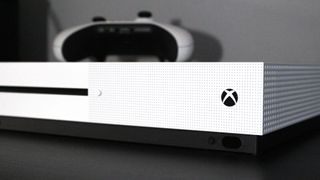
While I sometimes use my PC for video games, a majority of my gaming hours are invested into my Xbox One S. I use Microsoft's flagship console on a daily basis, not only for games but also general media consumption.
Being heavily tied to the Microsoft ecosystem, a number of paid services transfer between my PCs, Xbox One, and mobile devices. Among these are subscriptions for Groove Music and Xbox Live Gold, each with their own benefits on differing platforms. The recently introduced Xbox Play Anywhere initiative also helps cut down costs, allowing me to play some of this year's biggest releases on both my Xbox One and Windows 10 PC.


Although my Xbox One S shipped with a new, redesigned controller, I always find myself coming back to the Lunar White variant released towards the end of last year. Sporting a flashy but minimalist white, black and gold design, the controller feels like a truly premium variant of the standard controller.
I also use WD's 2TB My Passport external hard drive to store my ever-growing library of games. Having switched to a digital-only games collection, suffering from a lack of storage space is the last scenario I hope to find myself in.
Topping off my main gaming systems, my HTC Vive is also constantly hooked up to my desktop PC. This is mostly used for creating content over at VR Heads but is also a great addition to my gaming platforms. Although I'm yet to be returning to VR on a frequent basis, being an early adopter has been an interesting ride, to say the least.
Accessories
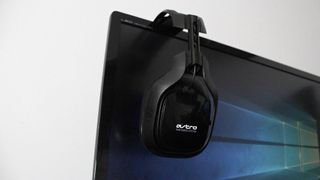
Although I used a fair share of headphones in my lifetime, there's something about the Astro A40 headphones that keep me coming back. Whether their robust and comfortable design or their sound quality – I've never regretted my decision of picking up the headset.
The Astro A40's standalone MixAmp, a separate unit for controlling audio inputs, has only solidified my satisfaction with the product. More so than the headphones themselves, the MixAmp is a device I've used daily for three years at this point. Having mixed my Xbox One and PC audio seamlessly for years now, I honestly feel lost without it by my side.
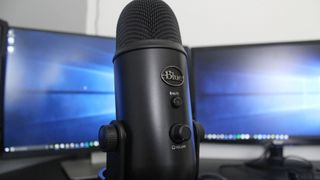
For recording our gaming podcast or audio for streams and videos, the Blue Yeti has stayed as my companion in recent months. After stepping up from its younger sibling, the Blue Snowball, the Yeti has been an almost flawless microphone for crystal-clear recording. Sure, there are hundreds of microphones that produce a richer output, but the simplicity and affordability of the Blue Yeti make this a compelling and formidable choice for content creation.
So that's what I'm using — it's been a long road to this point and the tweaking process isn't going to stop any time soon. But for now I feel I've finally found my perfect devices among today's crowded electronics market. Do you have any suggestions for my setup? Want to share yours? Make sure to join me in the comments!
Matt Brown was formerly a Windows Central's Senior Editor, Xbox & PC, at Future. Following over seven years of professional consumer technology and gaming coverage, he’s focused on the world of Microsoft's gaming efforts. You can follow him on Twitter @mattjbrown.